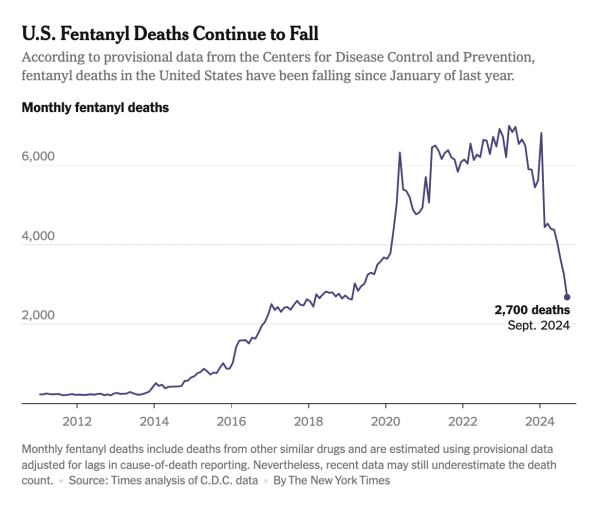Article by Stefaan Verhulst: “After a long gestation period of three years, the European Health Data Space (EHDS) is now coming into effect across the European Union, potentially ushering in a new era of health data access, interoperability, and innovation. As this ambitious initiative enters the implementation phase, it brings with it the opportunity to fundamentally reshape how health systems across Europe operate. More generally, the EHDS contains important lessons (and some cautions) for the rest of the world, suggesting how a fragmented, reactive model of healthcare may transition to one that is more integrated, proactive, and prevention-oriented.
For too long, health systems–in the EU and around the world–have been built around treating diseases rather than preventing them. Now, we have an opportunity to change that paradigm. Data, and especially the advent of AI, give us the tools to predict and intervene before illness takes hold. Data offers the potential for a system that prioritizes prevention–one where individuals receive personalized guidance to stay healthy, policymakers access real-time evidence to address risks before they escalate, and epidemics are predicted weeks in advance, enabling proactive, rapid, and highly effective responses.
But to make AI-powered preventive health care a reality, and to make the EHDS a success, we need a new data governance approach, one that would include two key components:
- The ability to reuse data collected for other purposes (e.g., mobility, retail sales, workplace trends) to improve health outcomes.
- The ability to integrate different data sources–clinical records and electronic health records (EHRS), but also environmental, social, and economic data — to build a complete picture of health risks.
In what follows, we outline some critical aspects of this new governance framework, including responsible data access and reuse (so-called secondary use), moving beyond traditional consent models to a social license for reuse, data stewardship, and the need to prioritize high-impact applications. We conclude with some specific recommendations for the EHDS, built from the preceding general discussion about the role of AI and data in preventive health…(More)”.

